swollen uvula after tonsilectomy
:max_bytes(150000):strip_icc()/mouth-throat-appearance-tonsillectomy-1192026_v2-5c04b3dd46e0fb0001de78cc.png) Common Changes After Having Your Tonsils Removed
Common Changes After Having Your Tonsils RemovedServer Error Please try later. Silence Silence Instructions prior to and after the operation Tonsillectomy Pre-surgery instructions for tonsillectomyFollow the instructions of the surgery staff of anesthesia/samo day about eating or drinking before the surgery. The surgery center or the hospital will instruct the patient about the time to present for the procedure. The patient will have to stay without food or drink after midnight before the day of the procedure. Avoid the use of contraception unless authorized by your surgeon. Do not take Advil and all ibuprofen-type medicines including Aleve, Relafen, Flexeril and Motrin. Avoid aspirin and all drug-containing aspirin. Post Operating Care Instructions following the tonsillectomy The following instructions will help you know what to expect in the days after surgery. Do not hesitate to call if you have any questions or concerns. Most children require seven to ten days to recover from surgery. Adults can take longer to recover. Generally speaking, the younger the age, the faster the recovery will be with less associated pain. Snoring, snoring, or swollen nose may occur after surgery and last about 2 weeks: This is normal and will resolve with the healing process. Normal saline nasal spray can be used. Sometimes younger patients may have some changes in the voice due to the elimination of adenoid tissue. Sometimes they sound more nostrils. This will usually return to normal within four weeks. Bad breath It is very common for patients to breathe ill for several weeks. The back of the throat will change with healing. Don't worry if the throat appears white and foamy. The patient may brush his teeth, but it is not recommended to grab and wash the mouth. Tos and throat cleaning can be done gently. NauseaSome patients experience nausea and vomiting after surgery caused by general anesthesia. This usually occurs within the first 24 hours and resolves for itself. A swollen uvula that touches the base of the tongue can cause nausea. Keeping the patient in a vertical position will help relieve the nausea caused by the swollen uvula. Drugs for narcotic pain (such as Lortab or hydrocodone) can cause nausea and/or vomiting. Taking this medication after drinking or eating may decrease the likelihood of nausea and/or vomiting. Physical activities After tonsillectomy, patients should rest. Most adults begin to pass to their daily routines after about 7-10 days. Heavy lifting should be avoided for 3-4 weeks. Children usually start playing after about 3-4 days and tend to regulate their activity depending on how they feel. The intense physical activity is discouraged. Children may return to school when they are comfortable; a week is average, but 10 days is not unusual. It is not recommended to travel outside the house for two weeks after surgery. DietThe more the patient drinks, the sooner the pain decreases. Water, apple juice, grape juice and Gatorade are excellent sources of liquid. Soft foods such as ice cream, sherbet, yogurt, pudding, apple sauce and gello should also be encouraged. Other soft and easily chewed foods are also excellent like eggs, roasted fish, tofu, etc. Avoid hot or spicy foods, or foods that are hard and crispy. Carbonated beverages (Sprite, Coke, Pepsi, etc.) and acidic beverages (an orange juice ac) can cause pain. Contact your doctor if there are signs of dehydration (uration less than 2-3 times a day or crying without tears). MINIMUM Fluid intake for the first 24 hour period is calculated by weight: Weight of the patient's minimum fluid intake More than 20 pounds 34 ounces More than 30 pounds 42 ounces More than 40 pounds 50 ounces More than 50 pounds 58 ounces Over 60 pounds 68 ounces PainAlmost all patients undergoing amygdalectomy will have mild to severe pain in the throat after surgery. During the first several days (occasionally up to 10 days) after surgery this is expected. This can usually be controlled with liquid Tylenol (acetaminophen). Avoid medications containing aspirin, ibuprofen, or other anti-inflammatory medication for 2 weeks. Pain is often worse at night and may cause the need for additional pain medications, such as drug based on drugs such as Lortab or Tylenol with Codeine. Ear pain, especially with ingestion, is also a common occurrence; it is not an ear infection, but due to pain from surgery. (because the stimulation of the same nerve that goes to the throat also travels to the ear), and some may cause pain in the jaw and neck. Try Tylenol. Occasionally a stiff neck may occur. Please call if it becomes excessively painful. Ice Necklace / Heat Compressors An ice necklace can be useful for postoperative pain throat. Do this by placing ice cubes and water in a large Zip-Loc bag and wrapping it in a towel. Gently put the ice pack on the front of the neck. For neck pain, you can use a hot water bottle to apply to the neck. FeverA low-grade fever (less than 101 degrees) after surgery may occur and should be treated with Tylenol (acetaminophen). Follow the instructions in the bottle. While patients have fever, they should play quietly or stay in bed. If the fever persists (more than two days) or if the temperature is higher than 102 and cannot be controlled with Tylenol, please contact the office. It is important that the patient drink abundant fluid after surgery. This helps the healing process and helps reduce the likelihood of fever.call. The fever may indicate that the patient has not taken enough fluids or may have an infection. Postoperative hemorrhage is unusual, but it may occur up to 2 weeks after surgery. Most of the bleeding is lower and you can only see a small blood coating in your tongue. Put the patient on the bed, sitting right, and place an ice necklace on your neck. Watch out for spitting, coughing or blood vomiting. With the exception of small blood stains of the nose or saliva, you should not see bright red blood. If such bleeding occurs, contact your doctor immediately or take your child to the emergency room. Scabs: A crust will form where the tonsils and adenoids were removed. These crusts are thick, white and cause bad breath. This is not unexpected. Most crusts fall into small pieces five to ten days after surgery and swallow. It is common for pain to increase for a few days when the crust of the tonsiled area falls. You may notice a small amount of blood when this happens. MonitoringArrange to see us 4 to 6 weeks after surgery. Patient access Contact us 5201 Frederick Street Savannah, GA 31405-4501 Telephone: (912) 351-3030 Fax: (912) 349-8878 Do you have trouble finding us? Throat Associates of Savannah PCEar Nose " Throat Associates of Savannah PC5201 Frederick StreetSavannah, GA 31405-45012021 © Designed by © 2013

RACGP - Post-tonsillectomy management: A framework

RACGP - Post-tonsillectomy management: A framework

Palatine uvula - Wikipedia

Tonsillectomy Care for the Pediatrician | American Academy of Pediatrics
1st day tonsillectomy, uvula is the size of a golf ball and it looks like I've got cheese melted into my throat : popping

Tonsillectomy - Wikipedia

File:Post Tonsillectomy Uvula Swelling.jpg - Wikimedia Commons

What is a Tonsillectomy? - Ko'olau Ear, Nose and Throat

Swollen uvula and sore throat - Stock Image - M240/0762 - Science Photo Library

Normal Post-Tonsillectomy Appearance | Fauquier ENT Blog

9 Swollen Uvula (Uvulitis) Causes - Why Is My Uvula Swollen?

Tonsillectomy – Tonsil Removal & Surgery | Gleneagles Hospital
Day 4 of tonsillectomy, would describe pain as 'unbearable', suicide has been contemplated on multiple occasions, however, uvula swelling has gone down considerably, 2/10 would not recommend : popping

Swollen uvula: Causes, symptoms, and remedies
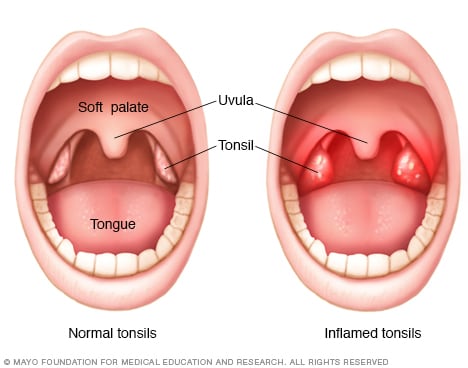
Tonsillectomy - Mayo Clinic

Palatine uvula - Wikipedia

Ear, Nose, Throat & Sinus Specialists - Dr. Edgar Lueg, Ventura, CA - Tonsil Problems

Tonsillectomy as Treatment for Enlarged Tonsils (Tonsil Hypertrophy)

Tonsillitis | healthdirect

Peritonsillar abscess - Wikipedia
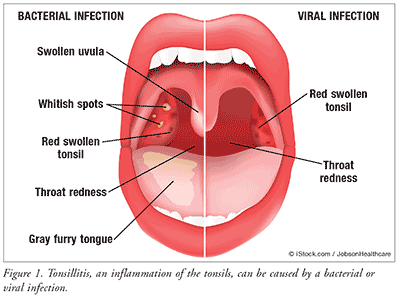
Post-Tonsillectomy Pain in Children: The Postcodeine Era
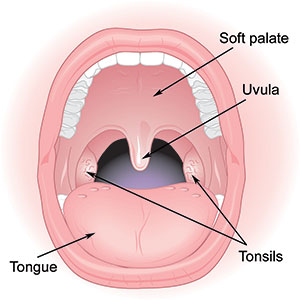
Tonsillectomy: Treatment, Risks, Recovery, Outlook

Tonsillectomy as Treatment for Enlarged Tonsils (Tonsil Hypertrophy)
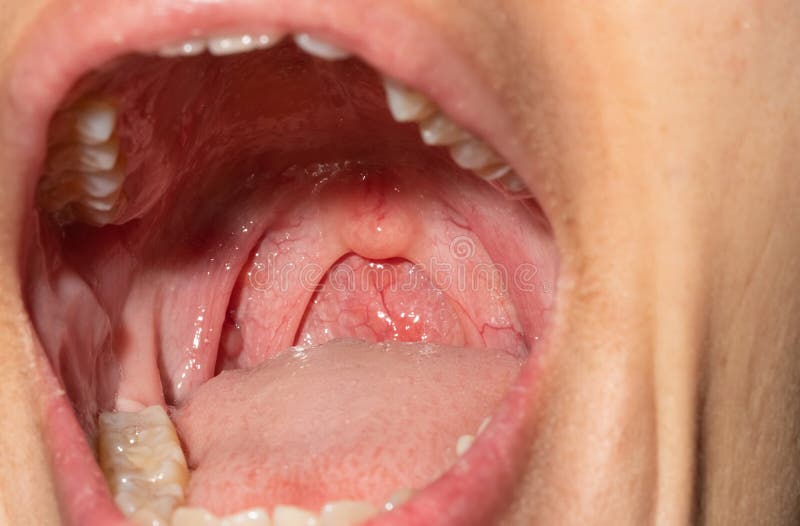
166 Uvula Photos - Free & Royalty-Free Stock Photos from Dreamstime
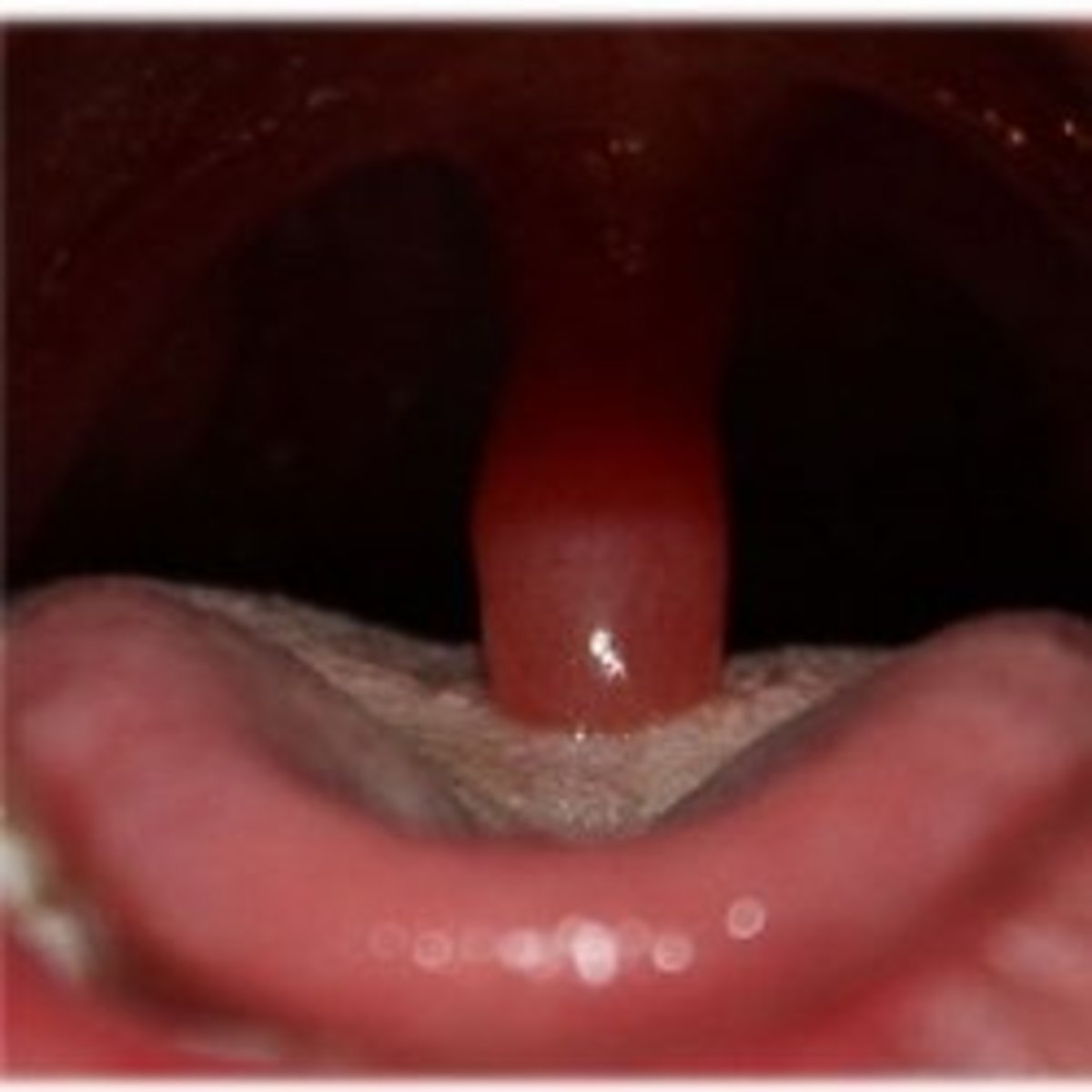
My Experience With Uvulitis (Not Fun) - Patient's Lounge - Patient Medical Experiences

OpenWaterChamp14 – Tonsillectomy Surgery and Recovery
Tonsils and Adenoids - How Do They Impact Speech?

Enlarged Tonsils and Fatigue - Photo Quiz - American Family Physician
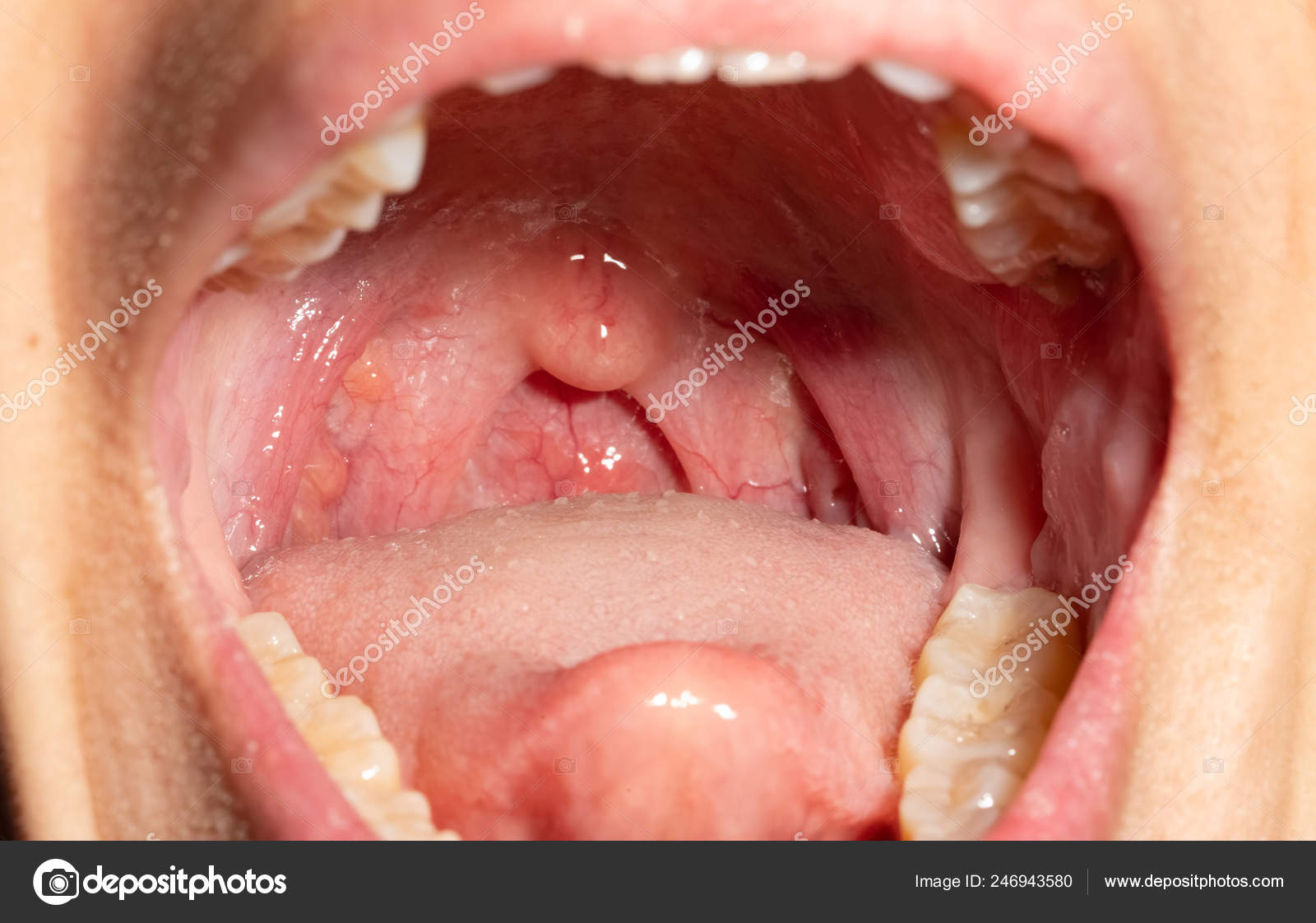
Sore Throat Throat Swollen Closeup Open Mouth Posterior Pharyngeal Wall ⬇ Stock Photo, Image by © Fahroni #246943580

What are tonsils and adenoids and why do they need to be removed sometimes?

The recovery – Tonsillectomy Surgery and Recovery

Palatine uvula - Wikipedia
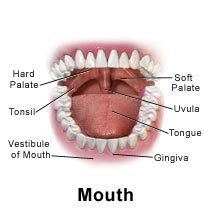
Post Tonsillectomy Recovery & Aftercare Instructions for Adults
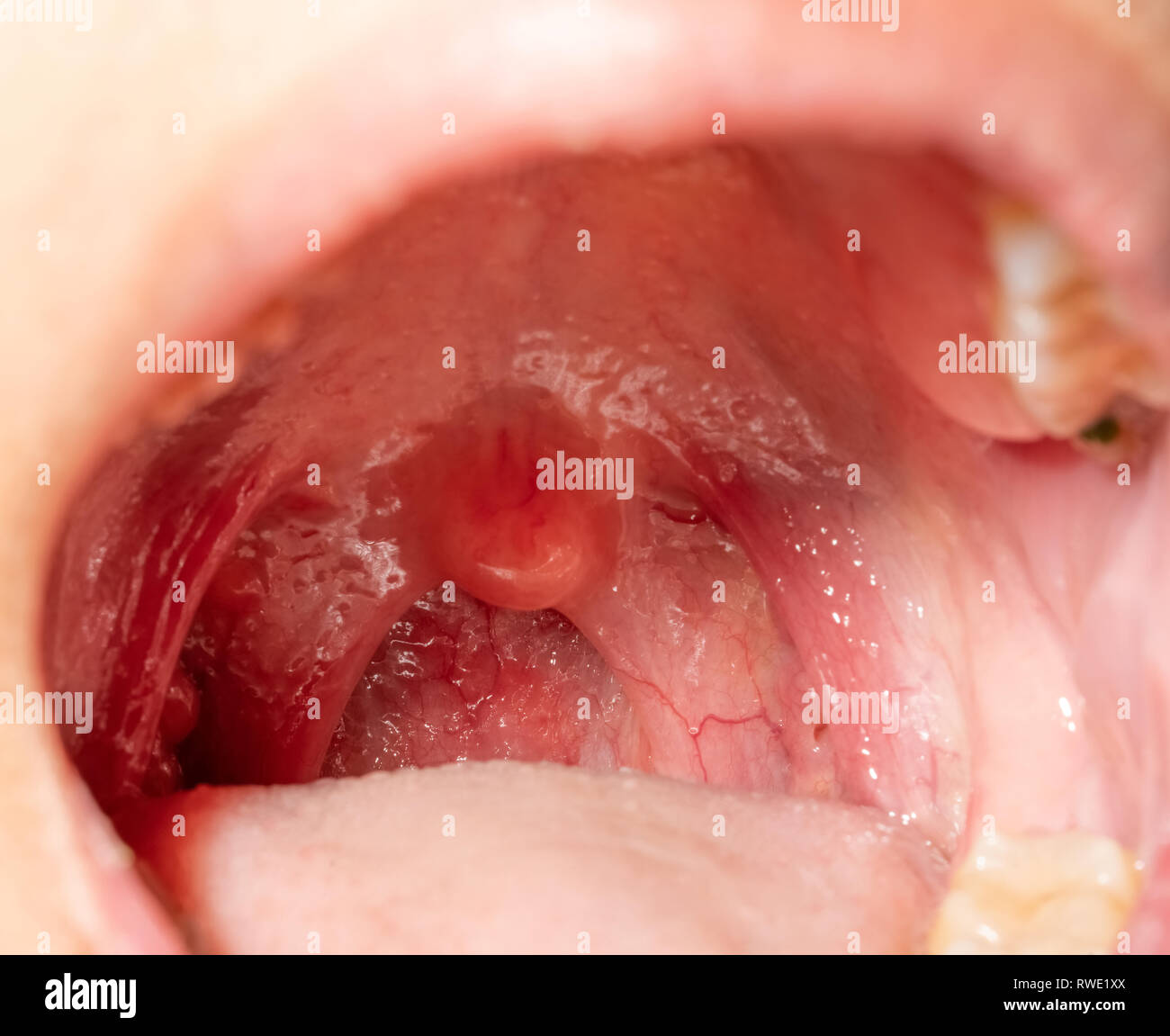
Sore throat with throat swollen. Closeup open mouth with posterior pharyngeal wall swelling and uvula and tonsil. Influenza follicles in the posterior Stock Photo - Alamy
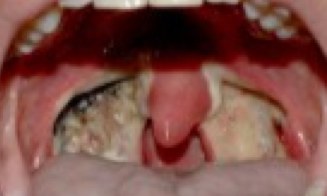
Post-Tonsillectomy Hemorrhage

Uvulitis | Jeffrey E. Goldberg, MD
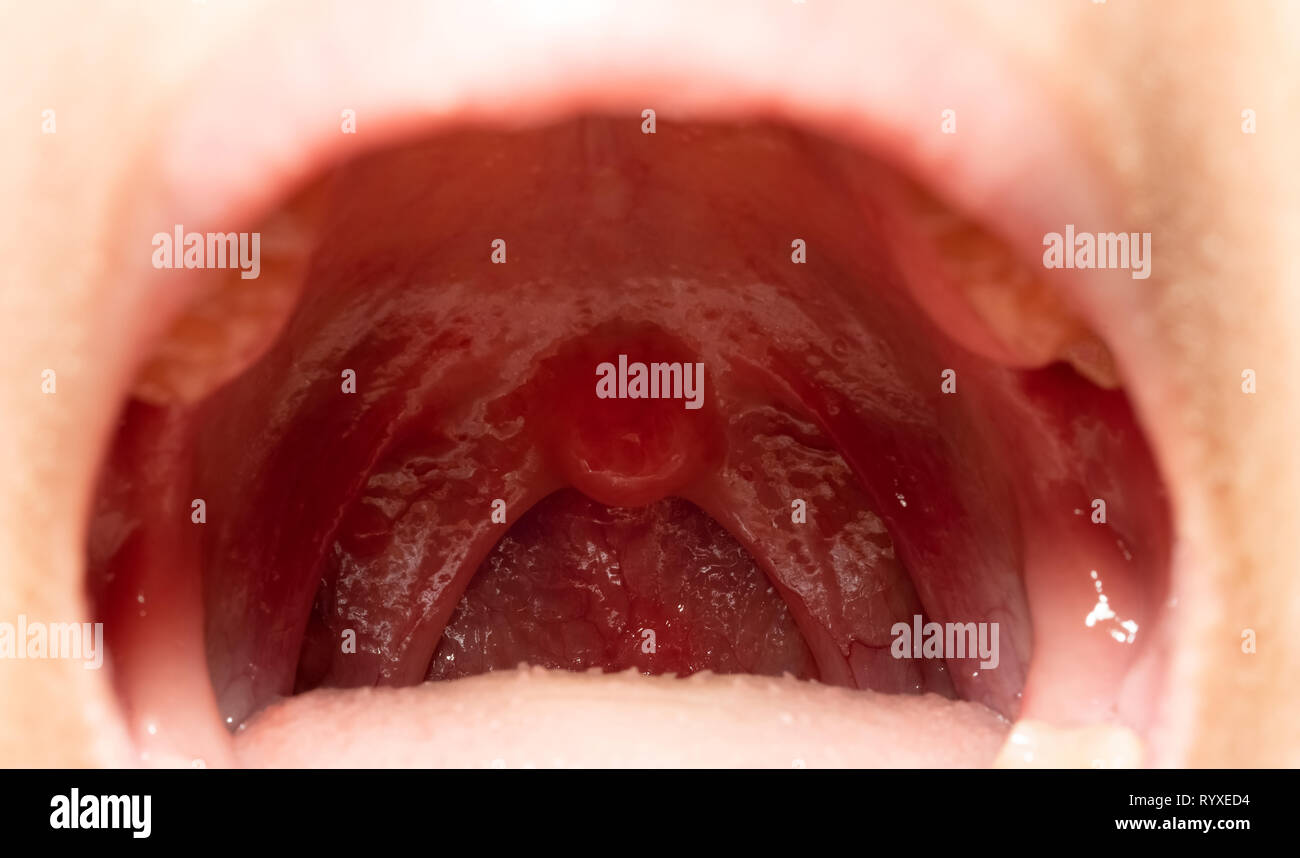
Sore throat with throat swollen. Closeup open mouth with posterior pharyngeal wall swelling and uvula and tonsil. Influenza follicles in the posterior Stock Photo - Alamy
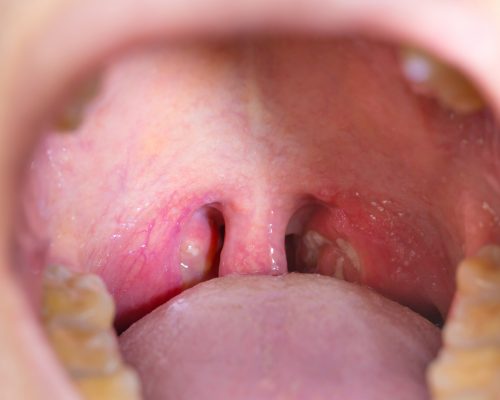
White Spot on Tonsils Causes & How to Get Rid of these White Spots
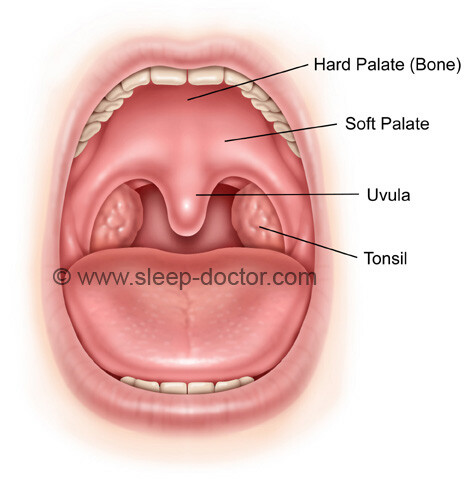
Palate Surgery - Sleep Doctor
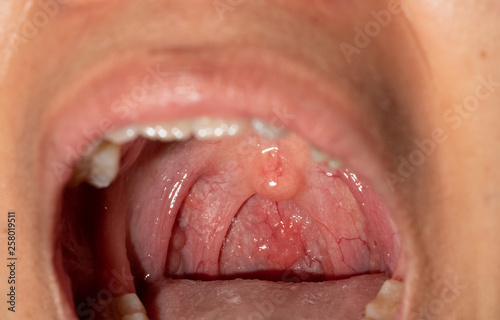
Sore throat with throat swollen. Closeup open mouth with posterior pharyngeal wall swelling and uvula and tonsil. Influenza follicles in the posterior pharyngeal wall. Upper respiratory tract. - Buy this stock photo
Posting Komentar untuk "swollen uvula after tonsilectomy"